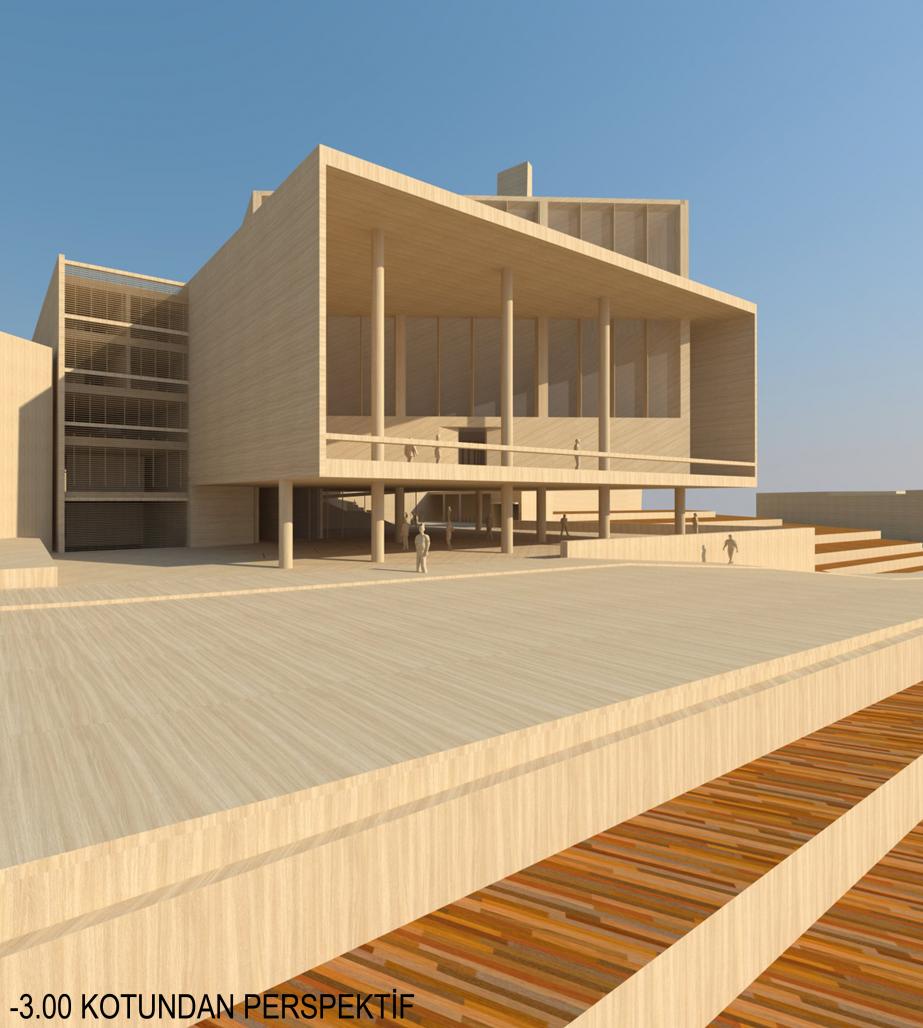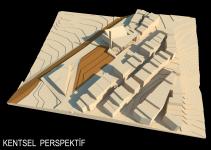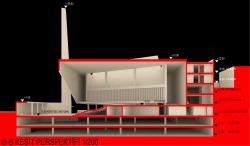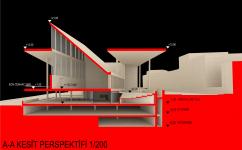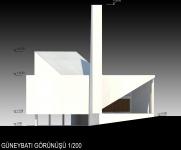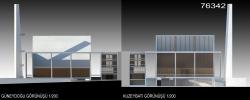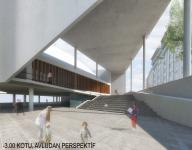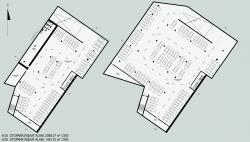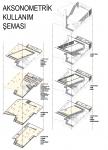When we examine the mosques and social complexes built from history to the present, in the social complexes built on a large scale, such as the Süleymaniye and Fatih Complex, the area was arranged and parallel and perpendicular axes were used. In this way, the power of management is demonstrated over the structure and spatial arrangement.
We see that different axes arising from the formation of the environment are used together in smaller scale buildings. For example, in Üsküdar Şemsi Paşa Mosque, dynamic interior perspectives have been obtained by using the sea axis and the qibla axis together. The sea has been the reference point in the formation of the madrasah as the current environment. On the other hand, the mosque was used on its own axis, and two different axes were used together. We see that two different axes are used together in the Manisa muradiye complex. When the mosque and madrasah plans are examined, we encounter plans that are not parallel or perpendicular to each other, but placed at an acute angle.
We see that different axes are used together in mosques built in other geographies. The Sultan Al Nasır Mosque in Cairo was designed longitudinally on the qibla axis, however, the building block in which the madrasahs were located at the entrance kept the road axis at an angle that is not parallel or perpendicular to the mosque. In the Şakir Lutfullah Masjid in Iran, we see that the entrance and the qibla axis of the mosque are placed together at an angle of 45 degrees.
The qibla axis and the existing perimeter axis were used together, as in the historical examples, since the existing project area is too small to allow an area arrangement like the Süleymaniye Complex and is located next to a building block. By using two different axes originating from the existing environment and the qibla axis together, a dynamic space setup was achieved by oriented towards the qibla axis while ensuring harmony with the built environment. Unlike other historical examples, due to the small size of the existing land, two different axles were brought together. In this way, the concept of the courtyard, which is a semi-open area, is defined vertically with the shell designed according to the existing environmental axis. The mosque, which is oriented according to the qibla axis inside the shell, which is positioned according to the existing environment, takes light to the qibla wall by coming out of the shell with its roof and highlights the closed volume of the shell with the daylight coming to the outer surface of the qibla wall, which the mosque is oriented to, by piercing it with its roof. The mosque, which is located at a height of 1.50 according to the entrance level of 0.00, is reached by ramps and an uninterrupted circulation area is formed around it.
Under the mosque rising on the columns, an open urban area with a height of 4.50 and an area of 1002 m2 is formed due to the sloping land, and this area meets all kinds of spatial needs that may be needed by the crowded building group around. Mevlüt, iftar ceremonies can be held here, as well as the overflow to the streets caused by the excessive concentration of congregation during Friday and tarawih prayers, and controlled worship in this urban area was ensured. In addition, this urban square connects Bahçecik street and halideyip Adıvar street with pedestrian use, providing the integration of the complex structure with the city and comfortable pedestrian access and continuity between different levels.
By placing the Musalla stone in this urban square instead of the mosque exit, the confusion caused by the density of the funeral owners and the congregation at the exit of the mosque was prevented. Gasilhane, fountain, WC and washbasins, kitchen, charity fund, protection and survival association, book sales place were solved in the same place as this urban area at -3.00 level.
2012
Steel and Concrete Structure
Ramon Jose Fermin
Selim Senin
